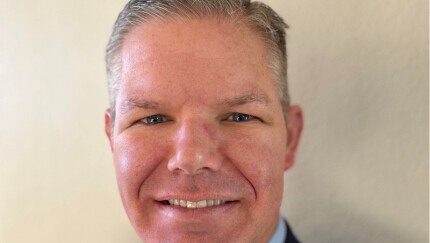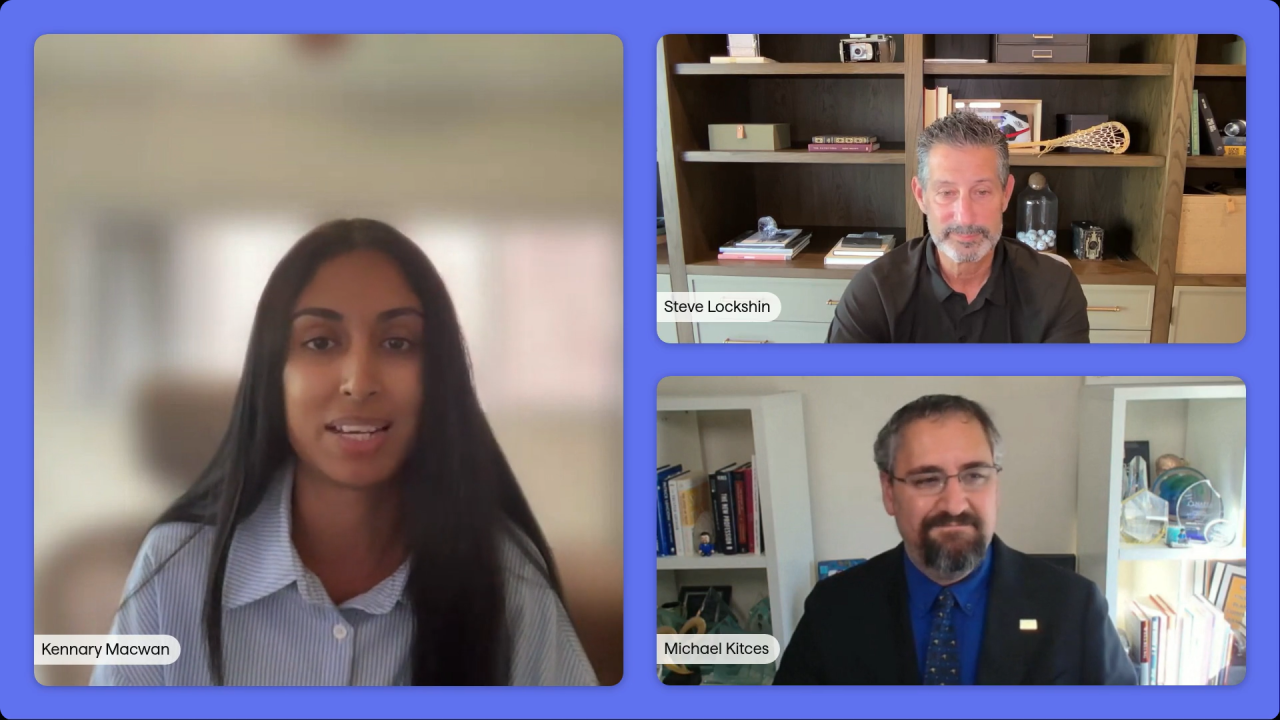It is no secret that the industry's advisor population has been aging. What is often overlooked is that this is an opportunity for retiring advisors, to ensure their clients are taken of after they exit the business, and for younger advisors aiming to serve new clients. All that is needed is proper planning.
In a way, I started preparing for my partner's retirement from the moment I joined the industry.

When I began my career nearly 20 years ago advisors were attempting to transition their business from a transactional business to that of a fee-based practice. I studied various business platforms and interviewed countless advisors prior to going into production, and I found that a fee-based business coupled with financial planning aligned clients and myself in a harmonious fashion.
I also concluded early on that a practice has to operate like a well-oiled machine. If you tell a client you will call Monday afternoon, it is imperative not only to call Monday afternoon, but to be prepared prior to the call so time is not wasted on either your's or the client's end. I scrutinized the tasks I saw myself doing and created a process-oriented practice around those commonly completed tasks. For example: setting up a new account, entering an incoming account transfer, receiving a referral, meeting for a client review, and updating a financial plan. I listed the necessary steps to each task and converted them into a "recipe" for my team and I to track. Below is a sample of a common series of tasks associated with my clients.
Type | From Anchor Date | Regarding | Scheduled For |
To do | 3 weeks before | Email appointment reminder - include checklist for items to discuss | Client Service Associate |
To do | 2 weeks before | Mail appointment reminder letter - include directions to the office | Client Service Associate |
To do | 1 week prior | Update Financial Plan | Gino Stumpo |
To do | 3 days before | Print out shared connections from LinkedIn profile | Client Service Associate |
Call | 2 days before | Confirm Appointment | Client Service Associate |
To do | 2 days before | Generate Portfolio Review report | Client Service Associate |
To do | 1 day before | If out of office appointment - print the Financial Plan for client | Client Service Associate |
To do | 1 day after | Send "Client Review Feedback" Outlook template to client | Client Service Associate |
To do | 1 day after | Post-meeting letter and include Financial Plan if one was created or updated | Client Service Associate |
To do | 1 day after | Send handwritten "thank you"card | Gino Stumpo |
Yes, AI is saving many advisors time and helping them reach prospects. But some say the rapid rate of adoption and automation could put them out of a job in the future.
Brett Griffin was given two months' notice that he would lose his job when Charles Schwab closed the office where he was working in Temecula, California. Now the firm accuses him of using some of that time to help move client data to a rival RIA.
Blake Roberts served as the Deputy General Counsel of the U.S. Department of Commerce from 2022 to 2025. He is a partner in the Washington office of Eversheds Sutherland.
Ten years later, my business had grown by a factor of nearly ten. Around this time, I met a financial advisor who was working at a different firm and he had an interest in teaming up with a younger advisor to help him retire by transitioning his book of business. His practice was primarily transactional and he did not utilize formal financial planning for his clients. We met a few times and decided to work together once he transferred to UBS. I created a roadmap of how we would transition his book of business. I considered it imperative to be extremely detail-oriented in order to help make the transition seamless and better serve his clients. I analyzed his book of business and formulated a plan to help make the transition where it made sense. There are situations in which a fee-based account platform may not make sense and clients appreciate when you let them know that is the case.
The retiring financial advisor and I set up client reviews as a first step. I met with the clients and gathered all their information from mortgages, outside assets, family, financial goals, concerns, risk profile and more. This allowed us to help create a specific, tailored recommendation and we met in-person or over the phone to discuss the recommendations. We coordinated with the client's tax advisors when dealing with non-IRA assets in order to determine if the client had tax carry-forward losses, decipher whether or not the client was subject to AMT and so on. I feel that "measuring twice and cutting once" allows for meticulous, time efficient recommendations to be made.
We then contacted clients on a proactive basis and started sending quarterly reports, which displayed asset allocation, performance (net of fees), as well as expected cash flow ― a key indicator that our retired clients greatly appreciated.
In regards to market updates, I was focused on long-term positioning. During one of our discussions, we revisited recent trends to include inflation, interest rates, economic data and how to position ourselves for the future versus making short term focused changes. The clients at first were not accustomed to these types of discussions but very quickly warmed up to these discussions and appreciated it.
Overall, the nation's wealthy are expected to add to their growing fortunes in the years ahead.
In my opinion, taking a multi-year approach makes sense to properly transition a book of business. Clients can acclimate over time and relationships take time to develop. The initial account transfers to the receiving firm should be given full attention and precise guidance is imperative.
My process includes contacting a client to offer a six month review about six months after our last meeting and updating financial plans at a minimum every twelve months. I found that clients appreciate the proactive calls. When mailing a client, if the item was of an administrative nature, they received a call from the team's client service associate. If the item was of an investment or financial planning nature, they received a call from myself or the retiring financial advisor with me on the line to guide the conversation.
Over the course of the first and second year, the change in the practice was very noticeable. About four years later from the beginning of the partnership the production the book of business changed from that of a transactional practice to a primarily fee-based practice with a financial plan completed for the majority of clients. We ran the complimentary financial plans as an added service as we felt this would create added value to the relationship.
When my partner was ready to retire, we worked out a four-year succession plan which was based on the current production levels. The retiring advisor moved up to Northern California and we remain friends to this day. In fact, he hired me to manage his own personal investments and I can say I am truly honored to have worked alongside him. To this date, the clients are extremely happy and continue to provide referrals as the practice grows.
Today, my production has grown over 50% since 2013 and my team has brought in over $34 million in net new assets to the firm in 2016.









